Handbook of PAF and PAF Antagonists
Published in 1991: Since its characterization in the 1970s from antigen-stimulated rabbit basophils, platelet-activating factor (PAF) has been demonstrated to be produced by, and act upon, a variety of cell types. PAF antagonists, which have been obtained from both natural sources and chemical synthesis, now represent a new class of therapeutic agents and may provide new prospects for treating several major pathologies, particularly shock, ischemia and asthma. This book provides a unique overview of the chemistry, molecular modeling, pharmacology, and clinical potential of the major classes of natural and synthetic PAF antagonists. Compounds reviewed include the ginkgolides, diketopiperazines, neolignans, hetrazepines, cyclic and 1,3-dioxolan derived PAF analogs, pyrrolo[1,2-c]thiazoles, imidazo[2,1-a]isoquinolines and pyridoquinazoline carboxamides. Consisting of 12 chapters written by leading experts in PAF antagonist research, this book is essential reading for students, researchers, clinicians, and medical practitioners involved in this rapidly developing field of biomedical research.
{{comment.content}}
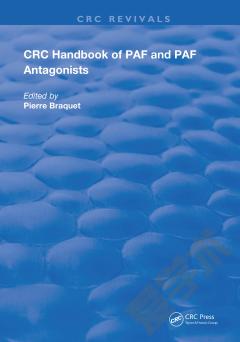
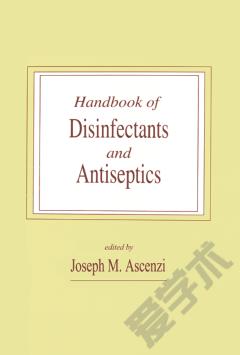
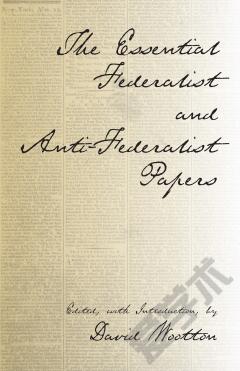

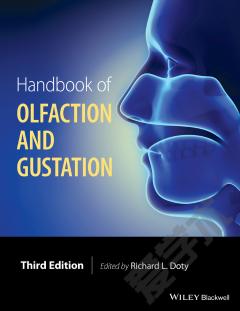
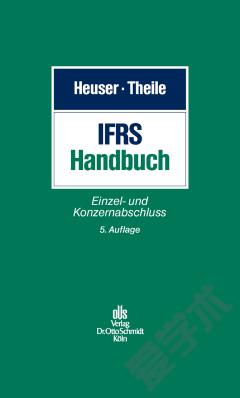


 京公网安备 11010802027623号
京公网安备 11010802027623号